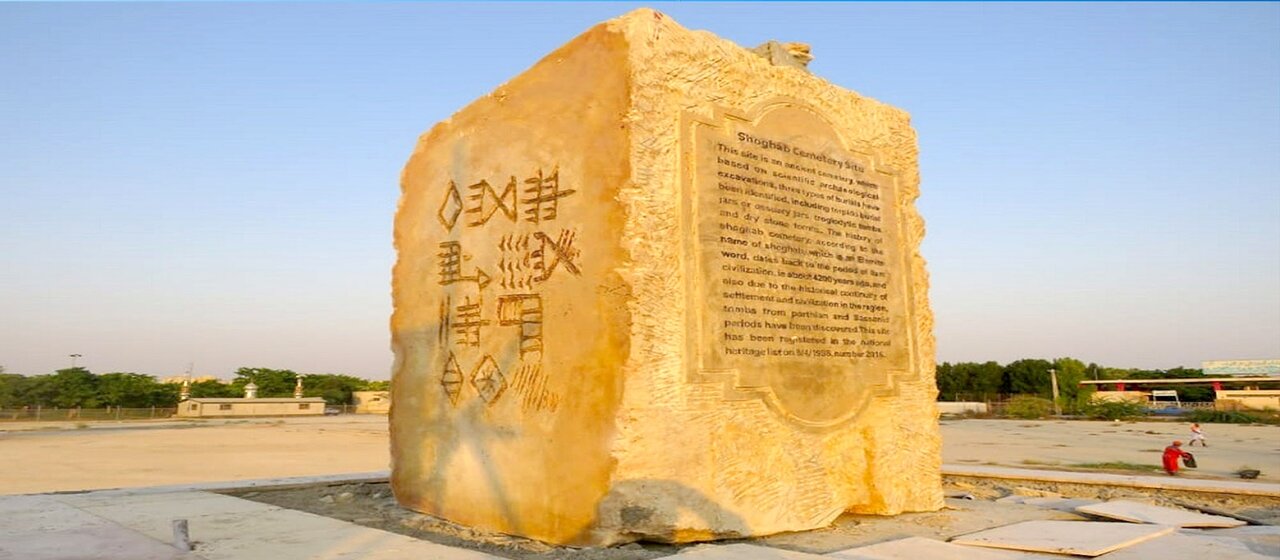Bushehr to launch site museum of ancient tombs

TEHRAN – Bushehr’s tourism directorate has started preparations to launch a site museum of ancient tombs in the southwestern Iranian province.
“Considering excavations carried out in Shoghab cemetery, we have decided to turn it into a garden museum in close collaboration with Bushehr,” IRNA quoted the provincial tourism chief as saying on Monday.
“The excavations have yielded a wide variety of ruins, relics, and human remains as well as earthen jar burials, which date from the Sassanid era,” Esmaeil Sajjadimanesh explained.
Such burials were widespread in the Sassanid period, for which bones of the dead were placed in a jar with torpedo-shaped bottom, and then the jar was buried, the official noted.
Covering five hectares of land, the cemetery is located on the outskirts of Bushehr adjacent to other magnificent sites which date from the Elamite (3200 – 539 BC) and Sassanid (224 CE-651) eras.
According to archaeologist Mostafa Dehpahlavan, previous excavations have revealed three types of burial, including rectangular tombstones, rectangular pit tombs made of stone, and (giant) urn pits (stretched) in the east-west direction.
The majority of the discovered burials date from the end of the Parthian era (247 BC – 224 CE) to the end of the Sassanid epoch, the archaeologist said.
Dehpahlavan has said the ancient cemetery was once been on the verge of disappearing due to urban issues. “In recent decades, parts of this cemetery were used for urban garbage depots being repeatedly embanked and leveled by the municipality, part of it has been turned into a park and parts have been buried under the administrative, recreational, and residential structures of the city.”
Bushehr lies near the head of the Persian Gulf at the northern end of a flat and narrow peninsula that is connected with the mainland by tidal marshes. It embraces significant monuments from the Elamite, Achaemenid, Parthian, and Sassanid eras.
Bushehr’s Siraf was the most important Iranian port from the Sassanid period to the 4th century AH. It bears plentiful evidence of Persian mastership and genius in seafaring, international relations, and interaction with other near and far cultures and civilizations.
Between 1966 and 1973, the British Institute of Persian Studies conducted seven seasons of excavation and survey at Siraf, which was a major city on the Iranian shore of the Persian Gulf that played a leading role in the network of maritime trade that supplied Western Asia with the products of India, the Far East, and Eastern Africa between 800 CE and 1050.
Siraf had a population of about 300,000 during the early Islamic era and this fact shows that it was a large city. However, today, just about 7,000 people live in Siraf in a small area.
The historical and architectural monuments of Bushehr include Islamic buildings like mosques and praying centers, mansions, old towers, castles, as well as gardens.
Bushehr is also home to various archaeological mounds, including Tall-e Khandaq with Sassanid architectural style, Tall-e Marv located near an Achaemenid Palace, and Qajar era Malek al-Tojar Mansion.
Traveling to the Persian Gulf region would be an experience that you probably haven’t even considered. While you’ve been planning your Iranian sojourn around the jewels of the country’s rich history (Isfahan, Shiraz, Yazd), to the southeast, the Persian Gulf is equally deserving.
Explore the magnetic islands of Kish, Qeshm, and Hormuz, which are absurdly easy to combine and are altogether different. While Kish is unashamedly glam and glitzy, Qeshm and Hormoz are refreshingly void of large-scale development and offer a chance to glimpse a more traditional way of life – not to mention an array of geological wonders.
Along the coast, soak up the vibes of lively Bandar Abbas and make a beeline for the delightful town of Kong, whose historical center is peppered with charming old houses and monuments.
AFM
Leave a Comment